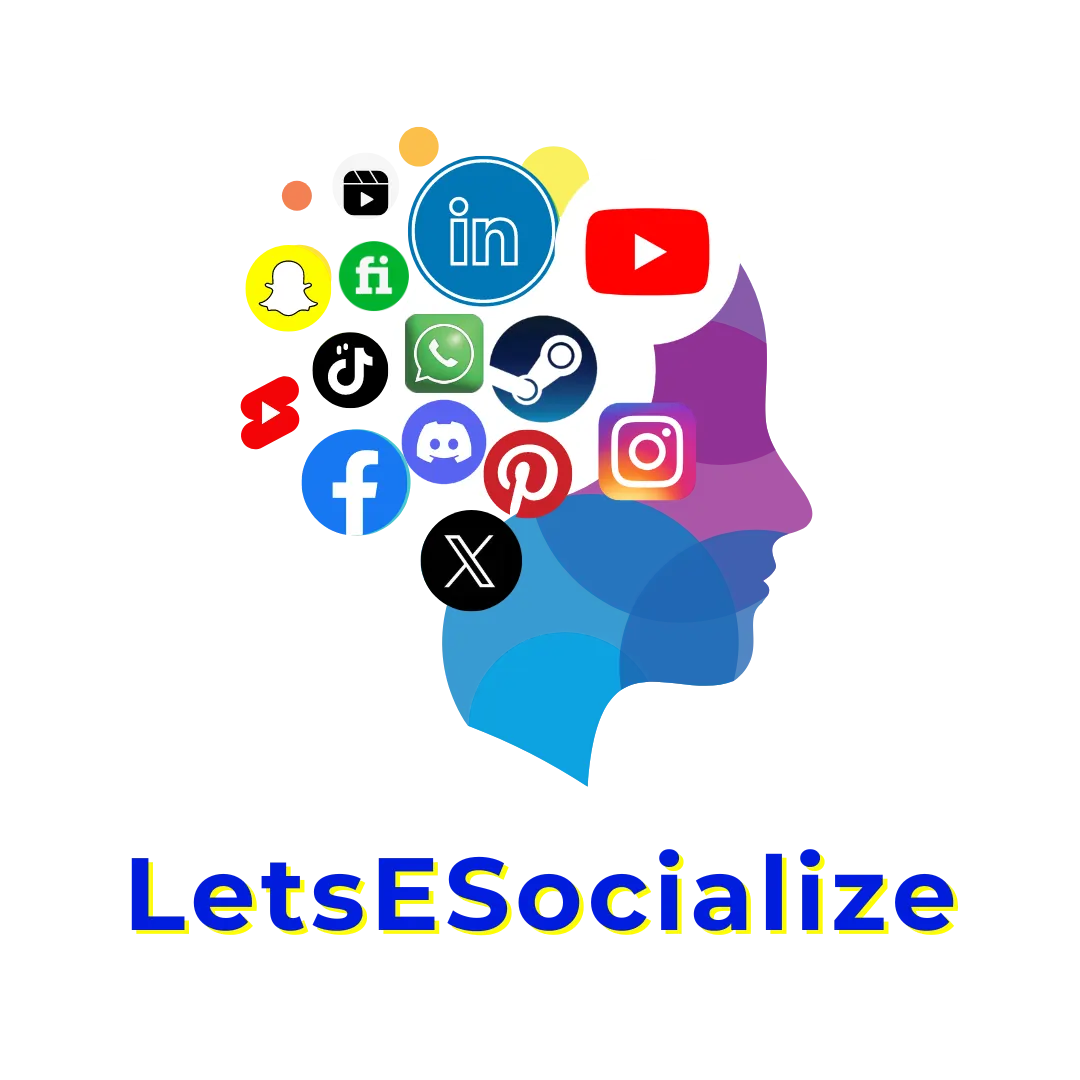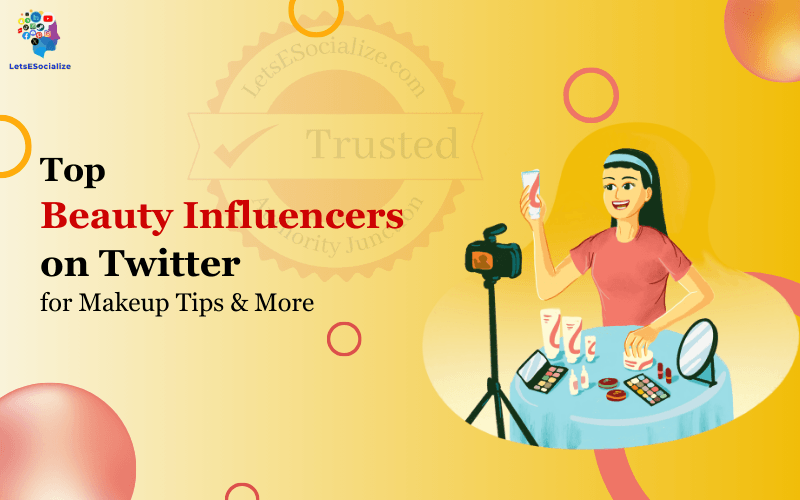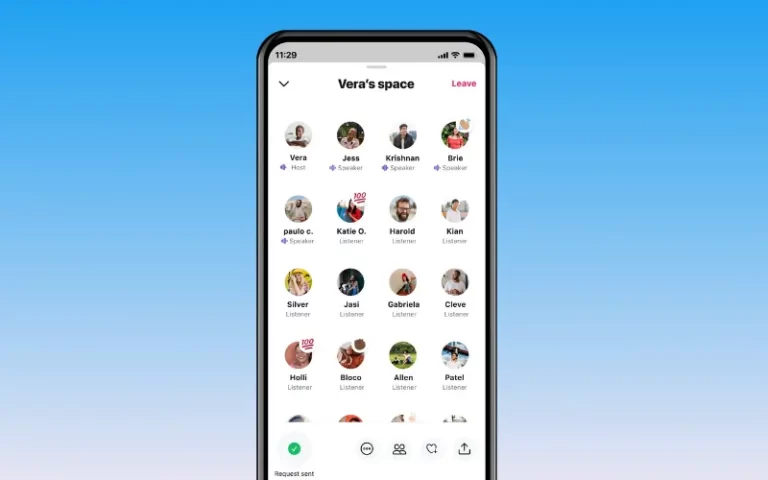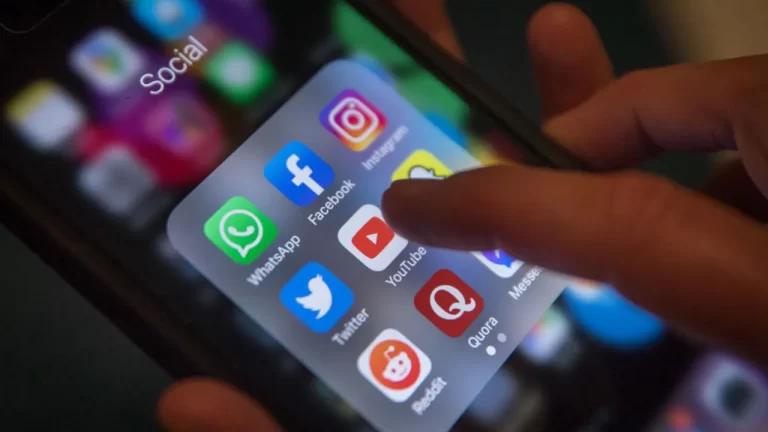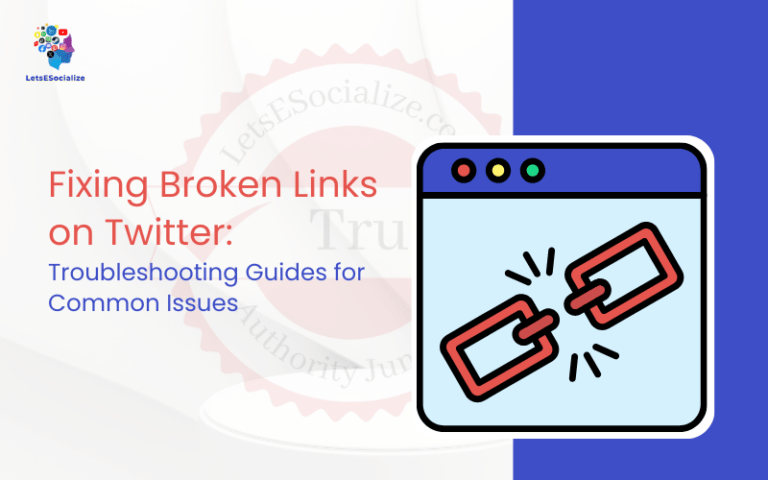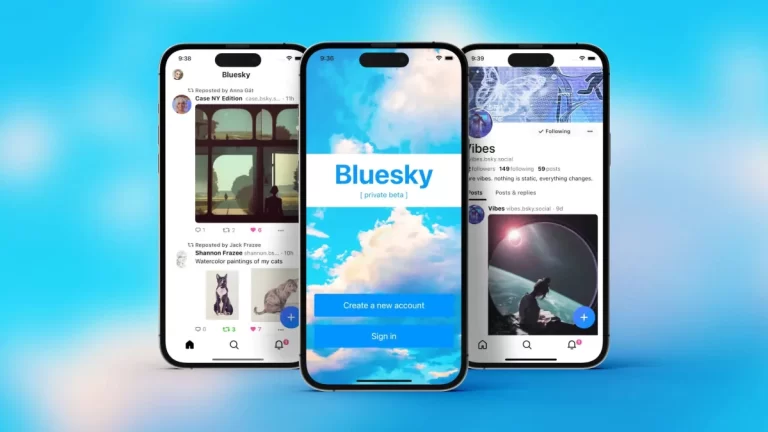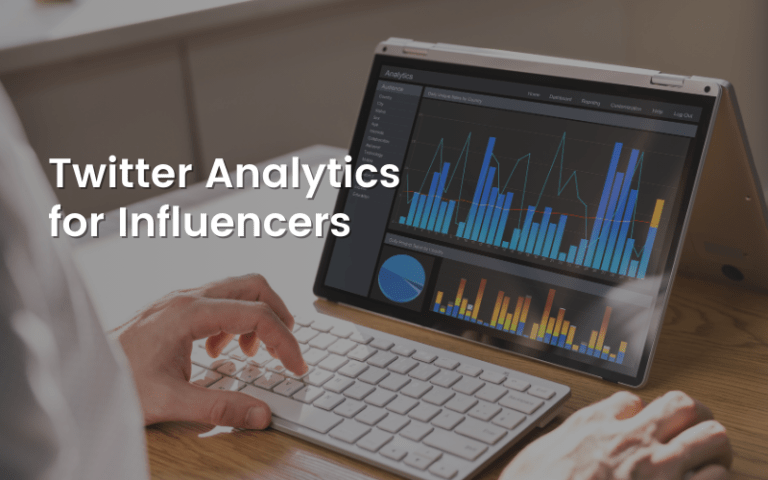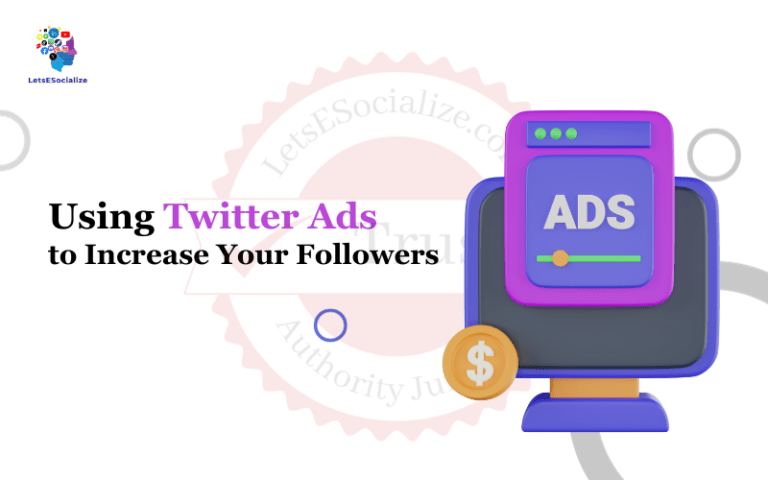Twitter has become a pivotal platform for beauty brands to collaborate with makeup, skincare, haircare, and cosmetics influencers. Beauty influencers on Twitter range from micro-influencers with strong niche followings to celebrity macro-influencers with extensive mainstream reach.
In this comprehensive guide, we will explore popular strategies beauty brands use to leverage Twitter influencers, profile top beauty influencers on the platform, outline real b
Table of Contents
Why Twitter for Beauty Influencer Marketing
While Instagram remains the hub for visual influencer marketing, Twitter offers unique advantages for beauty brands:
Frequent Real-Time Engagement
Twitter’s fast-paced feed and focus on immediacy suits the latest beauty trends and news, which influencers can amplify to followers.
Strong Niche Networks
Micro-influencers in specific niches, like natural hair, clean beauty, etc., have tight-knit communities ideal for niche targeting.
Viral Momentum
Trending hashtags and the conversational nature of Twitter make it easy for influencers to ignite viral buzz around launches.
Valuable Audience Insights
Real-time consumer feedback via Twitter Polls and Questions provides beauty brands valuable product and messaging insights.
Video First Experience
Video dominates on Twitter. Influencers can create tutorials, reviews and demos to showcase products.
Macro-Influencer Amplification
Celebrity influencers expand awareness among the mass market beyond dedicated beauty fans.
Lower Barrier to Entry
Micro-influencer partnerships are more affordable on Twitter than on other visually-driven platforms.
Look at popular influencer activation tactics used by beauty brands on Twitter.
Also read: Fashion Influencers on Twitter
Beauty Influencer Marketing Tactics on Twitter
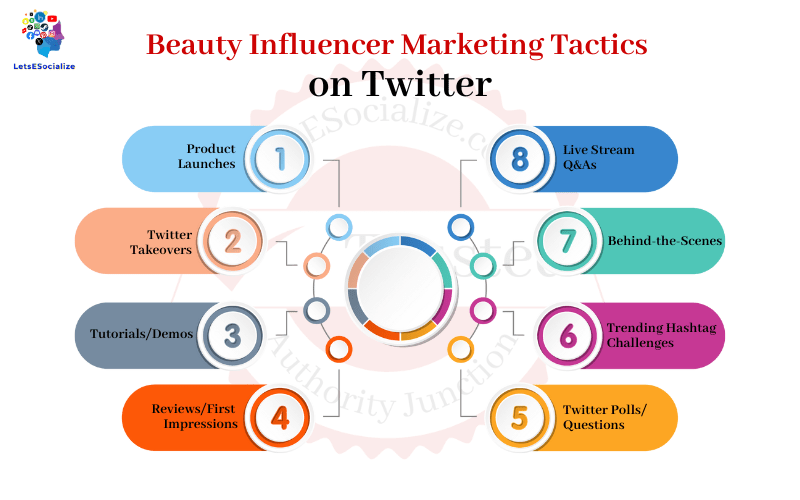
Beauty brands leverage a range of branded and organic content partnerships with influencers on Twitter:
Product Launches
Influencers unveil new product releases to loyal followers who look to them for the latest beauty scoops. Teaser campaigns build pre-launch buzz.
Twitter Takeovers
Brands host influencer takeovers of their Twitter account for a day. The influencer shares their favourite products and beauty tips from the brand’s portfolio.
Trending Hashtag Challenges
Influencers kickstart viral hashtag challenges, inviting followers to participate and share their beauty content. Great for user-generated content.
Tutorials/Demos
Micro-influencers create original beauty tutorials and video demos highlighting new techniques and products. These help buyers understand usage.
Reviews/First Impressions
Honest reviews and first impressions from influencers give their followers an authentic look at products to influence purchase decisions.
Live Stream Q&As
Influencers host live video AMAs and Q&As using Twitter Live, allowing real-time fan engagement and building trust.
Behind-the-Scenes
Exclusive behind-the-scenes content from shoots, events and influencer trips gives fans coveted access they can’t get on Instagram.
Twitter Polls/Questions
Influencers crowdsource beauty advice and product feedback from their engaged communities via Twitter Polls and Questions.
Matching campaign goals to the right influencer content formats is key to driving results. Next, let’s analyze the top beauty influencers on Twitter.
Top Beauty Influencers on Twitter
Here are some of the most popular beauty influencers on Twitter across both nano, micro and macro tiers:
@MakeupForWOC
134K followers
Niche: Makeup tips and reviews for women of colour
@GlamzillaMakeup
105K followers
Niche: Bold and vibrant makeup transformations
@LipstickKylie
59.5K followers
Niche: Clean, vegan and cruelty-free beauty
@TheBeauTea
47.3K followers
Niche: DIY natural hair and skincare
@RareBeauty
36.9K followers
Niche: Selena Gomez’s new clean makeup line
@Marianna_Hewitt
35.6K followers
Niche: Lifestyle and beauty micro-influencer
@JackieAina
1.3 million followers
Niche: Makeup reviews for women of colour
@NikkiTutorials
1.1 million followers
Niche: Makeup artist famous for her YouTube channel
@KimKardashian
73.2 million followers
Niche: Celebrity influencer/reality star
@KylieJenner
45.8 million followers
Niche: Celebrity influencer/makeup mogul
This mix of nano, micro and macro influencers gives beauty brands diverse options to align with niche experts and expand awareness through celebrity influencer partners. Let’s look at real campaign examples next.
Beauty Brand Twitter Influencer Campaigns
Here are some recent examples of successful influencer campaigns run by beauty brands on Twitter:
1. Fenty Beauty Launch Campaign
For their foundation launch in 2017, Fenty Beauty partnered with 25 top beauty influencers to promote the 45 diverse foundation shades. This built significant pre-launch buzz.
2. Olay #ElectricYouth Twitter Takeover
Skincare brand Olay had influencer Sara Dietschy take over their Twitter and Instagram daily to promote their Electric Youth line to younger Millennial and Gen Z audiences.
3. TreSemme #StreetStyle Hair Trend
TreSemme had micro-influencers kick off a viral #StreetStyle hair campaign on Twitter, inviting everyday users to share quick on-the-go hairstyles. It became a huge trend.
4. Maybelline Volum’s Express Mascara Tutorials
Maybelline collaborated with beauty influencers to create tutorial videos on Twitter promoting the proper application and usage of their Volum Express mascara.
5. Dove #MyBeautyMySay Campaign
Dove launched #MyBeautyMySay, where they had real women influencers on Twitter share what beauty means to them, driving user-generated content.
6. e.l.f Cosmetics ‘Eyes, Lips, Face’ Hashtag Challenge
e.l.f Cosmetics leveraged micro-influencers to popularize their #EyesLipsFace hashtag, prompting users to create makeup-look videos linked to the brand.
These examples demonstrate proven tactics beauty brands have deployed on Twitter using relevant influencers to drive awareness, engagement, and sales around new products and initiatives.
Next, we’ll outline some best practices for optimizing beauty influencer campaigns on Twitter.
Best Practices for Beauty Brands with Twitter Influencers
Here are some top tips for beauty brands to maximize the impact of influencer partnerships on Twitter:
Partner with Both Niche and Mainstream Influencers
Balance micro-influencers with deep speciality expertise and big macro-influencers to achieve extensive reach.
Co-Create Multi-Platform Campaigns
Ensure influencer partnerships span Twitter, Instagram, YouTube and TikTok together for amplified exposure.
Provide Early Access to Products
Give influencers advance access to try out products before launch so they can create more authentic content.
Encourage Video Content
Video drives the most engagement on Twitter. Have influencers create demos, tutorials, reviews etc.
Promote User-Generated Content
Leverage influencers to kickstart viral hashtag challenges that organically engage everyday consumers.
Host Live Video Q&As
Using Twitter Live and Space for real-time fan interactions, influencers build deeper loyalty and trust.
Compensate with Free Products + Fees
Pay mid and macro-tier influencers fair fees. Micro-influencers are often open to free products alone.
Track Performance Closely
Monitor campaign metrics like impressions, engagement, traffic, and sales by partner to determine ROI.
Thank Partners Publicly
Tagging and thanking influencer partners gives them recognition among your larger audience to highlight partnerships.
Following these best practices will help ensure influencer campaigns on Twitter achieve performance benchmarks and maximize ROI.
Twitter’s real-time conversations and video-friendly platform make it a natural fit for beauty influencer marketing. Micro-influencers deliver authentic engagement around new products and trends to niche communities. Big celebrity influencers expand mainstream reach. Hashtag challenges drive user content and viral visibility. As beauty buying increasingly shifts online, leveraging Twitter influencers will become even more critical for brand success. The future will see beauty brands pursuing holistic partnerships spanning Instagram, YouTube, TikTok and Twitter together.
